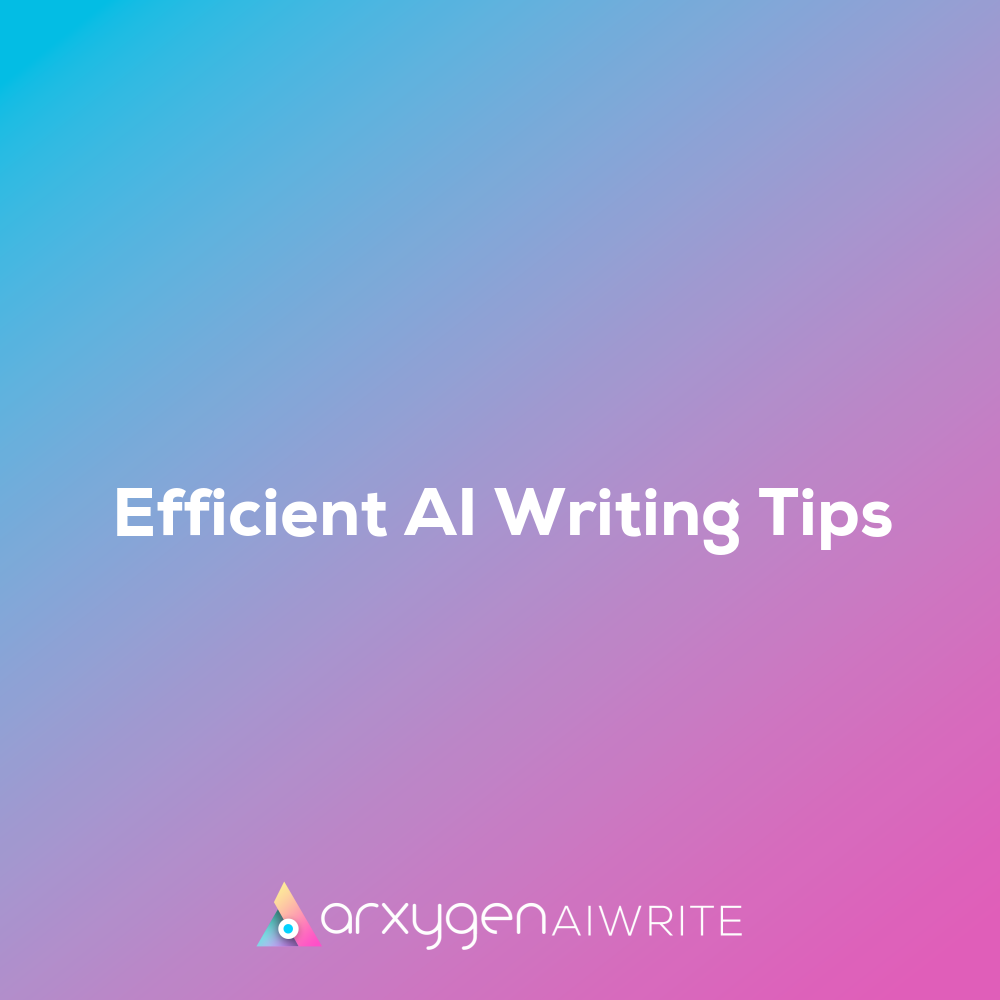Maximising Your Writing Efficiency with AI Tools
Choosing the appropriate AI writing tool tailored to your specific requirements is crucial for enhancing productivity. With a plethora of options available, it’s essential to evaluate features that align with your writing style, whether you need assistance with grammar, content generation, or SEO optimisation. For instance, a freelance writer focusing on blog posts might benefit from a tool that excels in keyword suggestions, while an academic researcher may require one that prioritises citation accuracy.
Moreover, AI tools can significantly streamline the writing process, allowing you to focus on creativity rather than getting bogged down by tedious tasks. Imagine starting with a blank page and using an AI assistant to generate an outline based on your topic; this not only saves time but also sparks new ideas that you might not have considered. Furthermore, these tools can suggest synonyms and alternative phrases, enhancing your vocabulary and enabling more dynamic expression.
As you incorporate AI into your writing routine, you’ll likely find that it fosters a collaborative environment where technology complements your skills rather than replacing them. This synergy can lead to richer content and more engaging narratives, as AI encourages you to think outside the box. By harnessing the power of AI effectively, you can transform your writing journey into a more efficient and imaginative experience.
Effective Techniques for Enhancing AI Writing Efficiency
One of the most powerful methods to enhance AI-generated content is through iterative feedback loops. By regularly reviewing and refining the outputs, users can significantly improve the quality of the text. For instance, after receiving an initial draft, providing specific feedback can help the AI better understand your preferences and style. This process not only hones the content but also allows for a more tailored output that resonates with your audience.
“By regularly reviewing and refining the outputs, users can significantly improve the quality of the text.”
Another strategy involves utilising prompts and templates to direct AI outputs more effectively. By crafting clear and detailed prompts, you can guide the AI towards producing relevant information that aligns with your objectives. Templates serve as a framework that can streamline the writing process, ensuring consistency in tone and structure. This approach not only saves time but also enhances creativity by providing a starting point from which to develop ideas further.
As you experiment with these techniques, you’ll likely discover unique ways to engage with AI tools that suit your individual writing style. For example, someone might find that combining detailed prompts with iterative feedback leads to unexpectedly rich narratives or insightful analyses. Ultimately, embracing these strategies can transform your writing process, making it not just more efficient but also more enjoyable.
Enhancing Your Writing Process with AI Tools
Incorporating AI into your writing can be a game-changer, but it’s crucial to maintain a personal touch and authenticity. Readers often connect with genuine voices, so while AI can assist in generating ideas or structuring content, it shouldn’t replace your unique perspective. Imagine a writer who uses AI to brainstorm topics but then infuses their own anecdotes and insights, creating a rich tapestry of information that resonates deeply with the audience.
To enhance productivity, start by identifying specific tasks where AI can lend a hand. For instance, consider using AI tools for grammar checks or to generate outlines for your articles. This allows you to focus on the creative aspects of writing while the technology handles the more tedious elements. Another effective strategy is to set aside dedicated time slots in your day for both AI-assisted tasks and traditional writing; this blend can lead to a more fluid workflow.
Additionally, don’t shy away from using AI-generated content as a springboard for your ideas. Rather than viewing it as a crutch, think of it as a collaborator that offers fresh perspectives. For example, if you’re stuck on how to start a piece, an AI tool might suggest an engaging opening line that you can modify to reflect your voice. This approach not only saves time but also encourages innovation in your writing.
Furthermore, integrating AI into your routine doesn’t have to be overwhelming. Start small by experimenting with one or two tools that suit your needs, gradually expanding as you become more comfortable. It’s about finding the right balance; after all, the goal is to enhance creativity rather than stifle it. By fostering a symbiotic relationship with AI, you can streamline your writing process while ensuring that your authentic voice shines through.

